VINALHAVEN — The Star of Hope, the opulent island home the late artist Robert Indiana turned into a shrine to himself, was emptied of all art this week – 40 years of American art history boxed, crated and taken away in a rental truck, coincidentally bearing Indiana license plates.
On Friday, the day an art-moving company from Maine finished its work at the late-artist’s historic Vinalhaven home, the state Medical Examiner’s Office ruled out any crime in Indiana’s death but left open the door to further investigation. The cause of death remains in question, said Mark Belserene, administrator of the office.
“Robert Clark’s (Indiana’s birth name) cause and manner of death has been ruled ‘undetermined.’ The death is apparently natural and cardiac in nature,” he wrote in a statement to the Portland Press Herald. “Because of initial concerns regarding Mr. Clark’s death it is ruled undetermined and may be changed should any new information be determined in the future. However any suspicion of foul play was investigated and ruled out.” Belserene declined to comment further.
CLAIMS OF FRAUD, INFRINGEMENT

Robert Indiana in 2002
Indiana, who changed his last name to that of his birth state, died May 19 at age 89 in his Vinalhaven home. The day before he died, he and some associates were named in a federal lawsuit filed by an art foundation that did business with Indiana, alleging copyright infringement, fraud and elder abuse. Indiana was best known for his widely replicated “LOVE” image, which brought him to fame in the 1960s, and was made into a sculpture in 1970.
A pretrial conference on the federal case is scheduled for Monday in U.S. District Court in the Southern District of New York. Meanwhile, a probate hearing to help determine the whereabouts of unaccounted-for art work and other issues related to Indiana’s will is set for Aug. 15 in Knox County Probate Court. Indiana’s will stipulates that his home be turned into a museum and that his estate, roughly estimated at $50 million, will support a nonprofit organization that will run the museum. The will also stipulates that longtime caretaker and Vinalhaven resident Jamie Thomas will serve as the nonprofit’s executive director. Thomas is among the people charged in the federal lawsuit.
According to court documents, Indiana gave Thomas power of attorney in May 2016, the same month Indiana updated his will.
ACCUSATIONS COUNTERED
Counter-claims filed last week in the federal lawsuit provide some details of Indiana’s lifestyle in the last decade of his life. The court documents also reveal the competitive, high-stakes business of the high-end art world. Ultimately, the lawsuit is setting up as a battle between the art dealers and representatives who competed for Indiana’s business and the right to capitalize on his legacy.

Robert Indiana’s paint brushes remain on a work table in his studio.
The Morgan Art Foundation operated by Simon and Marc Salama-Caro filed the suit on May 18, the day before Indiana died. Morgan, which represented some of Indiana’s art for two decades, alleges that Thomas and Michael McKenzie, an art publisher from New York and part-time Vinalhaven resident, isolated Indiana in his island home and created fraudulent images attributed to Indiana.
Thomas and McKenzie deny the charges, and in a counter-claim, McKenzie alleges that Morgan failed to pay Indiana what it owed him and worked to undermine art he created after the relationship between Morgan and the artist soured. In addition, McKenzie submitted canceled checks totaling more than $4 million that he says his company, American Image Art, paid Indiana in recent years.
In his response, McKenzie calls the Morgan lawsuit an “egregiously frivolous action” and claims that Indiana was fearful of Morgan and that the art foundation failed to honor its agreements with Indiana, accusing Morgan and its principals, Simon and Marc Salama-Caro, of “shadowy dealings” with the artist. As a result, he says, Indiana began doing business with McKenzie and American Image Art.
“This lawsuit placed American Image in the middle of a business divorce between an artist and a malevolent partner,” according to the counter-claim, filed by McKenzie’s New York attorneys, Raymond Dowd and Hardin Rowley. “This lawsuit does not belong in federal court. It is a plain vanilla breach-of-contract claim that has been stretched to include attacks on American Image and Thomas to present salacious claims to divert attention from (Morgan’s) failure to pay Indiana.”
BATTLE BETWEEN ART DEALERS

A few of Robert Indiana’s jean jackets hang in the back entryway of his home on Thursday.
McKenzie also accuses of Morgan of defamation for statements its lawyer made to the media in the aftermath of Indiana’s death, including statements to the Portland Press Herald/Maine Sunday Telegram.
McKenzie says American Image paid Indiana $1 million annually beginning in 2008, including when royalties from the sale of his work did not reach $1 million. McKenzie’s lawyers submitted canceled checks they say represent partial royalty payments from American Image to Indiana in 2010 and from 2015 to 2018 worth about $4.1 million. “Since American Image has not had the opportunity to search all of its records, these are only a sample of the royalty payments that American Image made to Indiana,” according to court documents.
The counter-claim also accuses Morgan of confiscating and denouncing any artwork that Indiana created without Morgan’s authorization and that the Salama-Caros attempted to convince galleries and dealers not to work with McKenzie and American Image Art. “The Salama-Caros attended openings and visited galleries where Indiana’s new works were being shown and told the patrons that (Morgan) had the right to authenticate Indiana’s artworks and that new works on display were not authentic art works,” the claim says.
Among the art with disputed authenticity is a series of prints based on lyrics by Bob Dylan, which were displayed at the Bates College Museum of Art in 2016.
As part of the counter-claim, McKenzie’s attorney also included a letter dated Feb. 28, 2018, from Indiana’s New York attorney to Morgan and its principals, in which Thomas, acting on behalf of Indiana as his power of attorney, claimed that Morgan breached its contract with Indiana and demanded an accounting of money Morgan received for Indiana art sales. The letter also said Indiana “is entitled” to terminate his contract with Morgan, and demands that Morgan “immediately cease and desist” operating an Indiana website the artist did not authorize and transfer ownership of the website URL to Indiana.
END OF AN ERA ON ISLAND
On Vinalhaven last week, some residents mourned the end of a remarkable four decades of art-making by Indiana on the Maine island. He moved to Vinalhaven in 1978 to remove himself from the New York art scene.

Mark Spelman, center, Gavan Soule, right, and Peter Whitney remove a “Love” sculpture from Robert Indiana’s home and pack it up in a crate for shipping.
As a team from Portland-based Whitney Art Works packed crated sculptures into a moving van on Thursday afternoon, Vinalhaven resident Pam Kittredge wondered aloud why the art was being removed. “Is it coming back?” she asked. “I hope it’s coming back. It’s so sad to see it all go. This is a loss to me personally and a loss to our community.”
Appraiser Bruce Gamage of Rockland assured Kittredge and anyone else who questioned the activity that at least some of the art would be back – someday. He explained to her and others that the art had to be removed from the house so that it could be properly documented and assessed. Additionally, if and before the Star of Hope can be turned into a museum or Indiana study center, it has to undergo substantial repairs. None of that can happen if the building is filled with art, he said.
Indiana’s attorney, James Brannan of Rockland, said security concerns prompted the decision to remove the art from the Star of Hope. He worried about theft from the unoccupied house, as well as the threat of fire. The artwork is being stored in a secured, climate-controlled art warehouse on the mainland, he said, declining to give specifics.
Gamage said he documented at least 600 unique pieces of art in the Star of Hope and other buildings on Vinalhaven where Indiana stored art. Many of the works were among his most famous and important pieces, including the two-panel “Mother and Father” from 1963, “Source I” and “Source II” from 1959 and paintings and prints from the “Hartley Elegy” series. Gamage has been on the island six weeks, assessing every piece of art and determining its value.
“This is the most important job I’ve ever had,” he said. “I’m proud of it and I’m glad to do it.”
Bob Keyes can be contacted at 791-6457 or at:
bkeyes@pressherald.com
Twitter: pphbkeyes
This story has been updated to correct the name of Indiana’s attorney.
Send questions/comments to the editors.


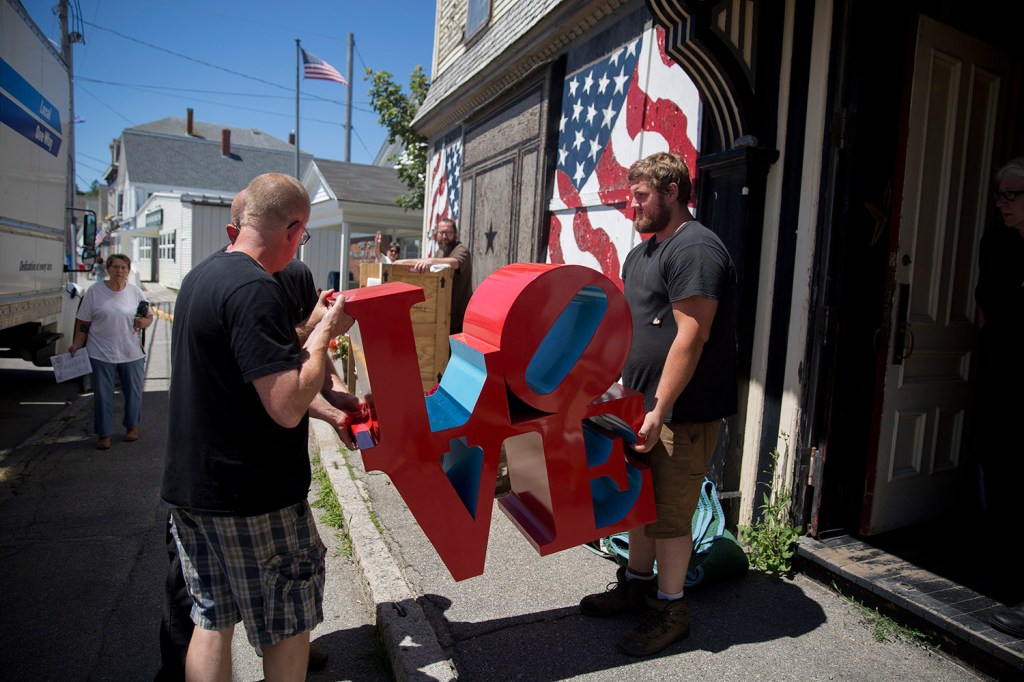
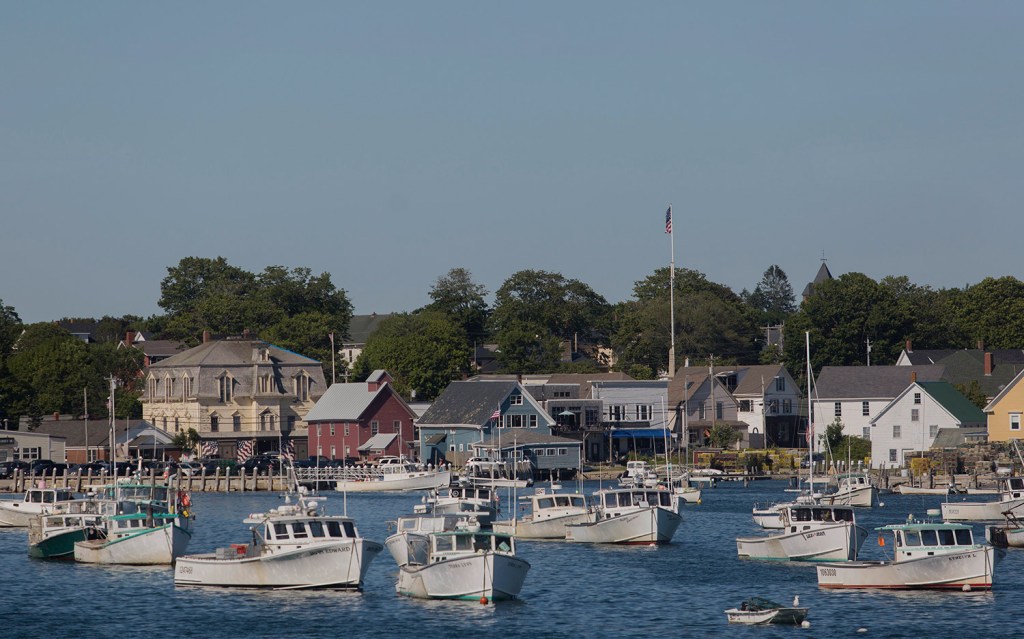
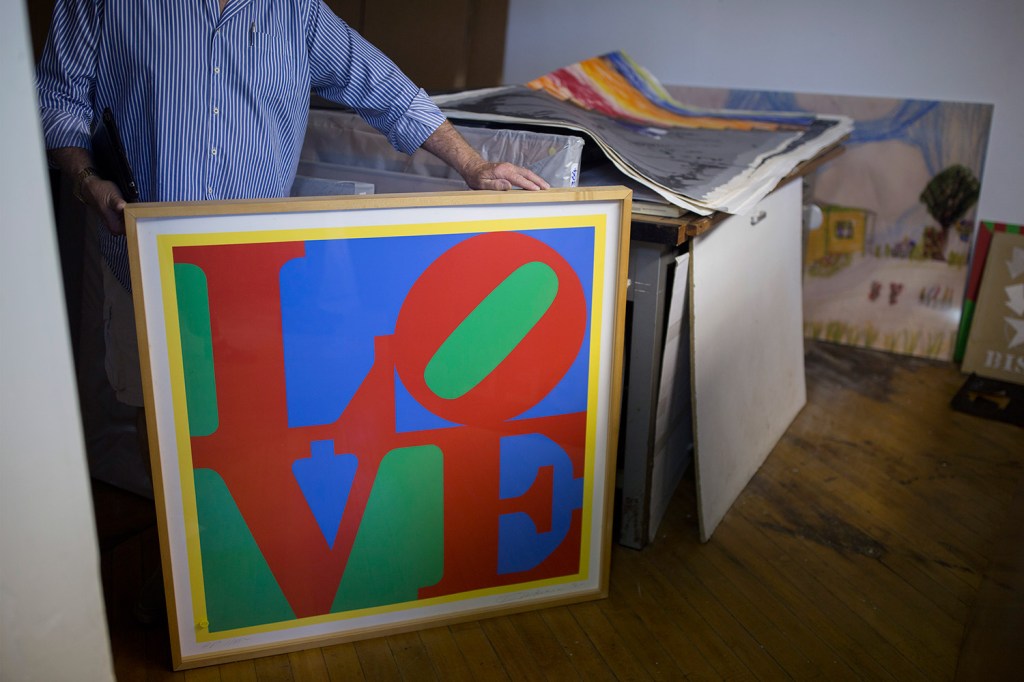
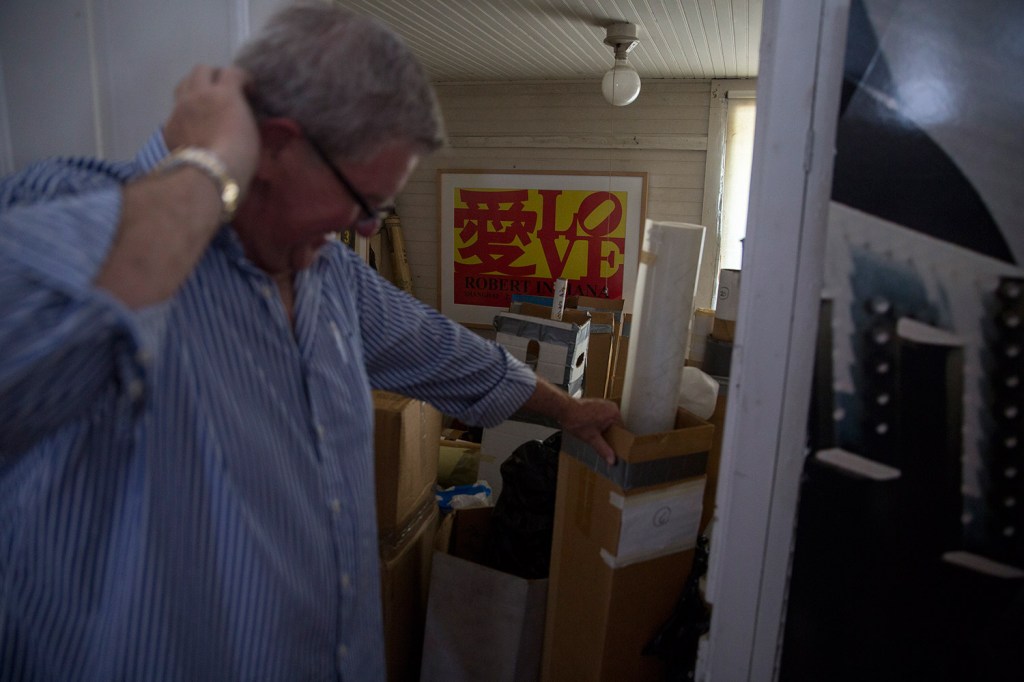
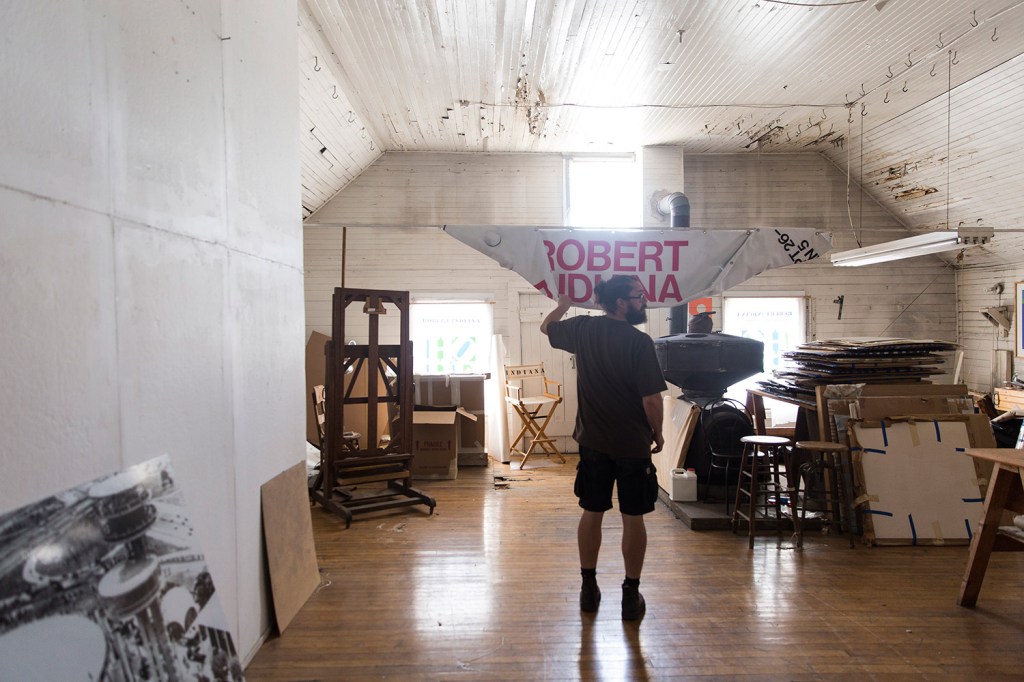
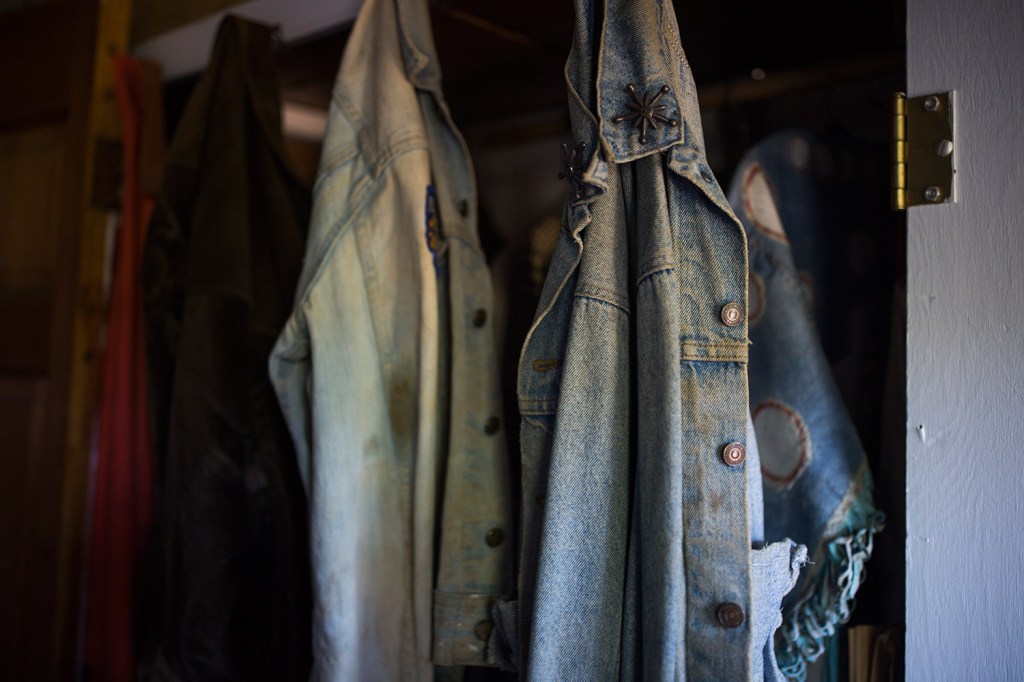
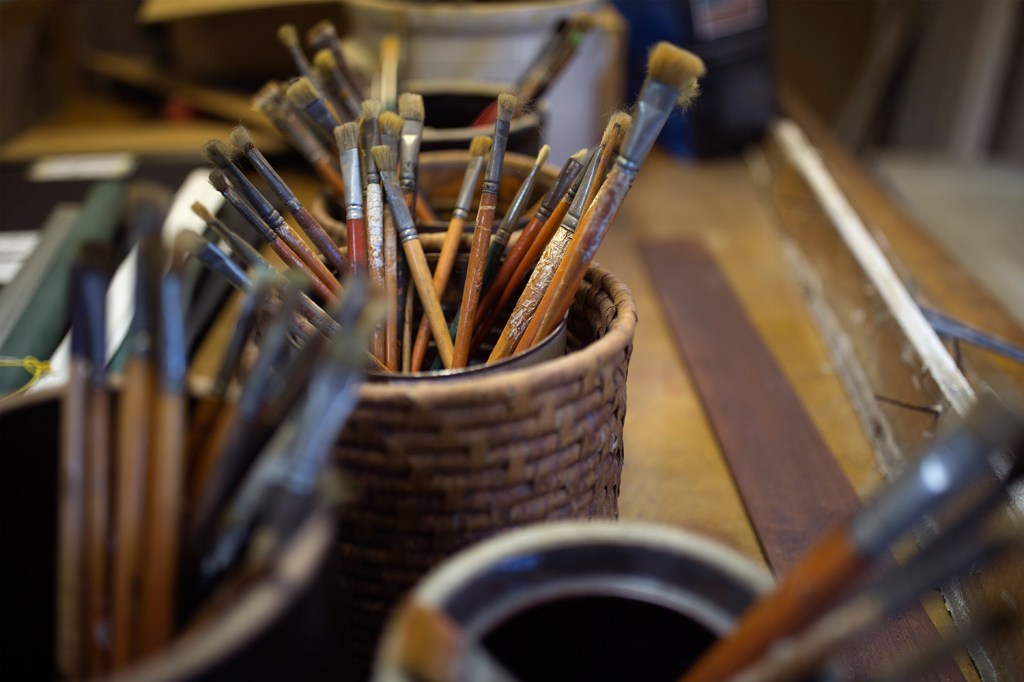
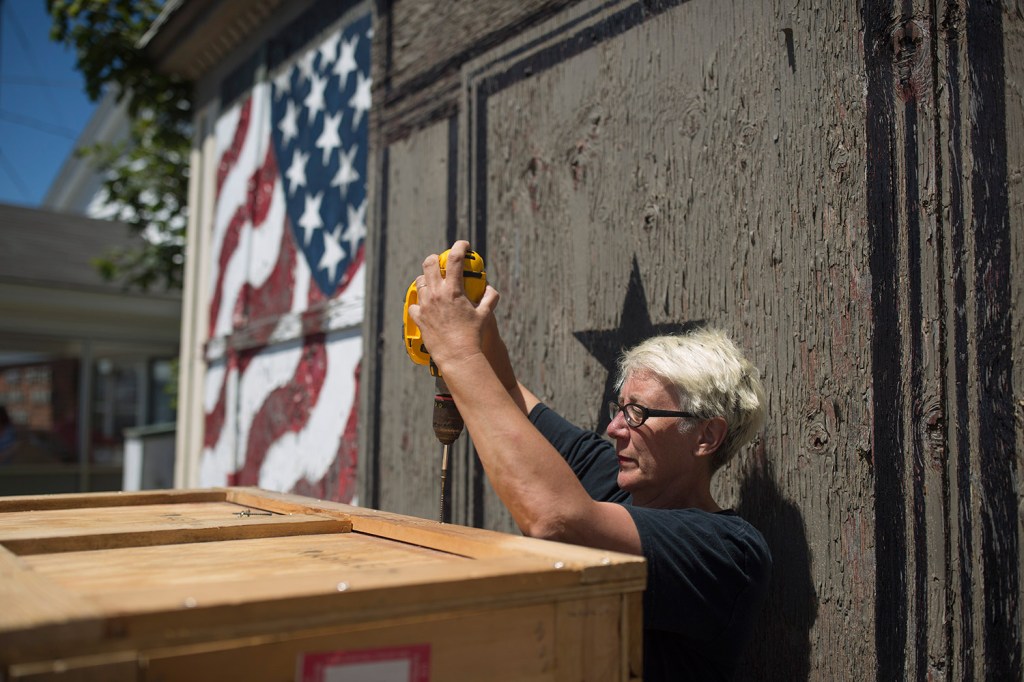
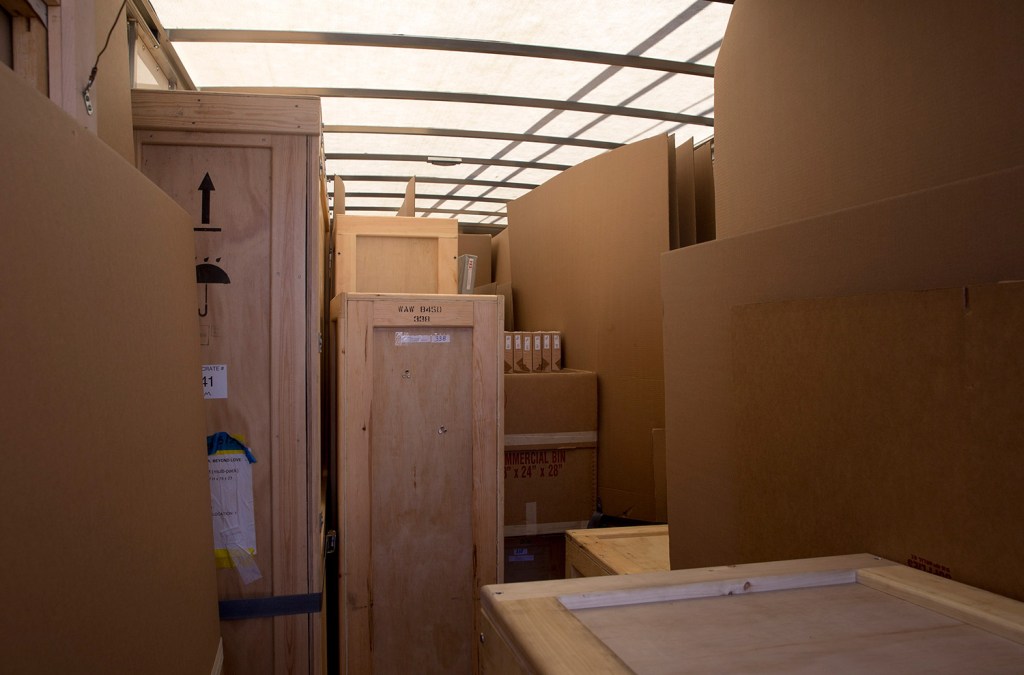
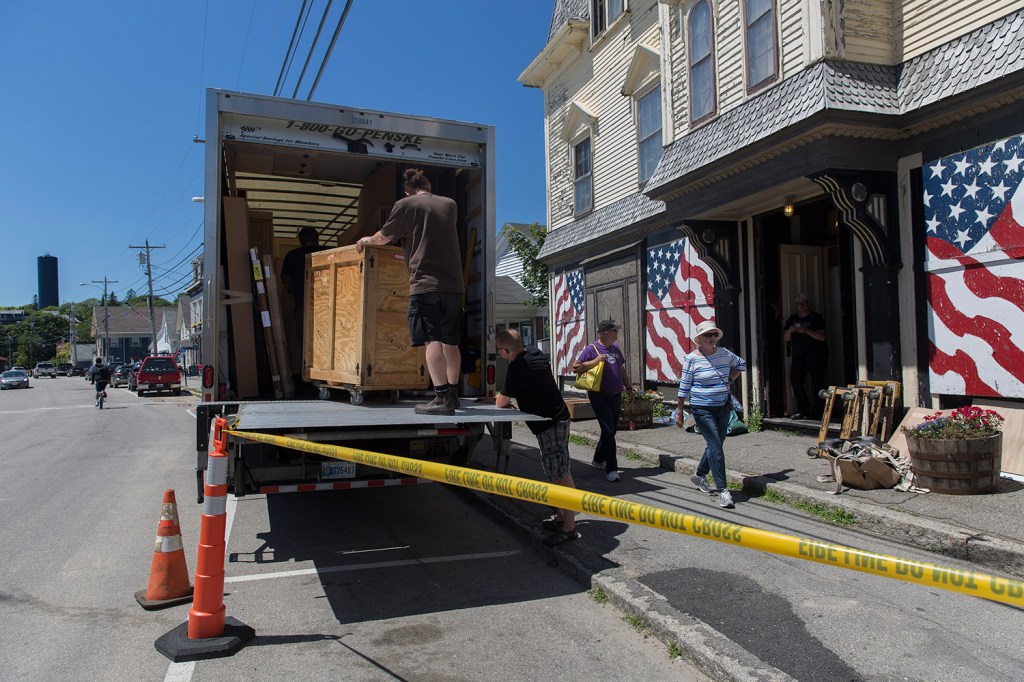
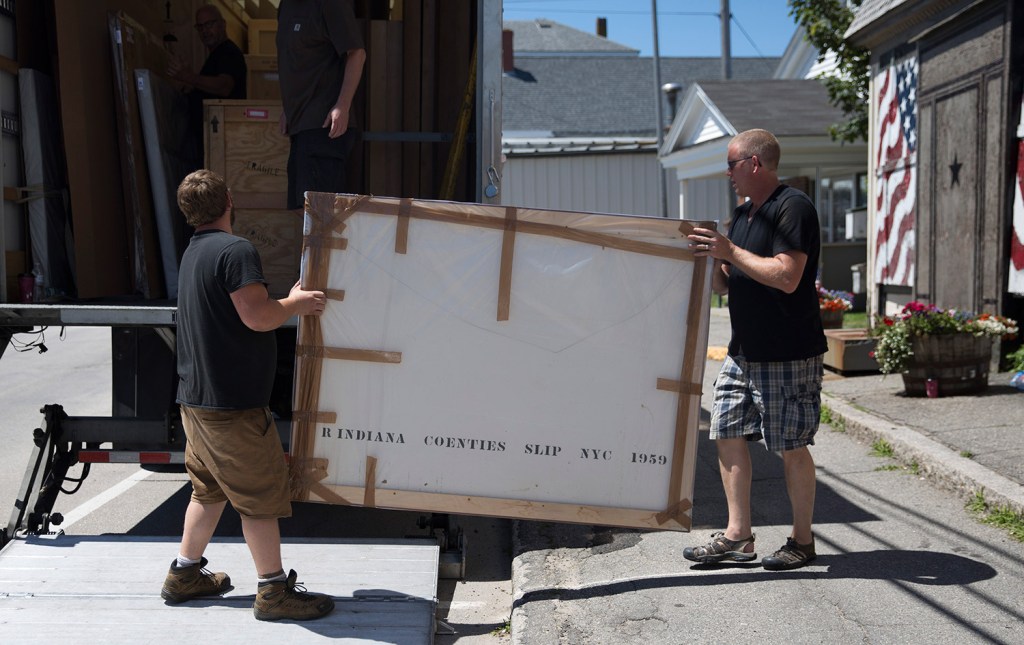
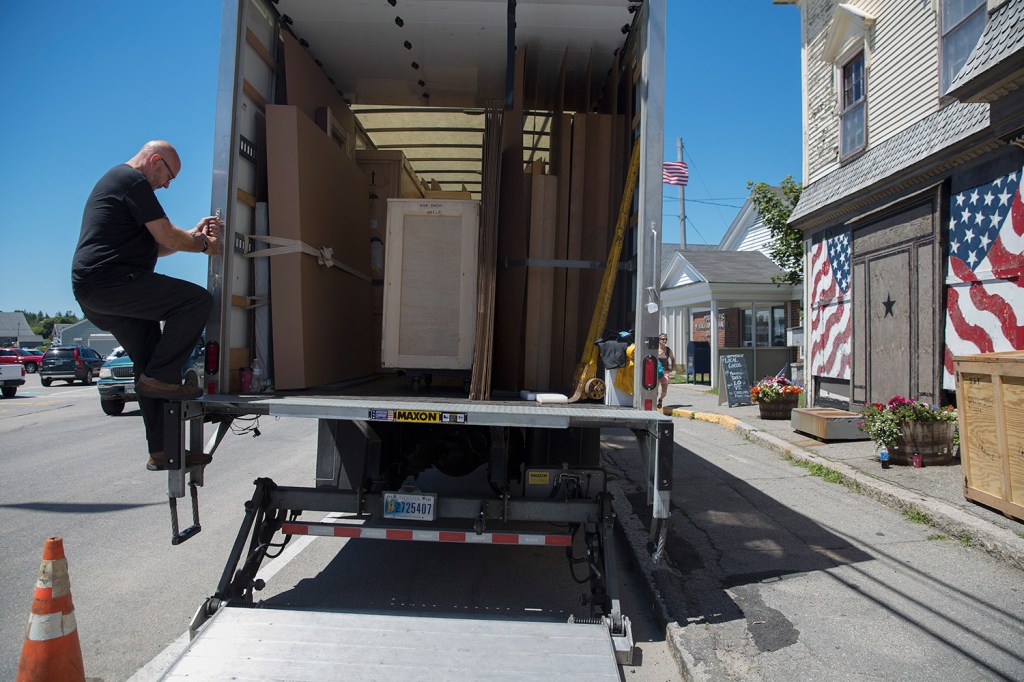
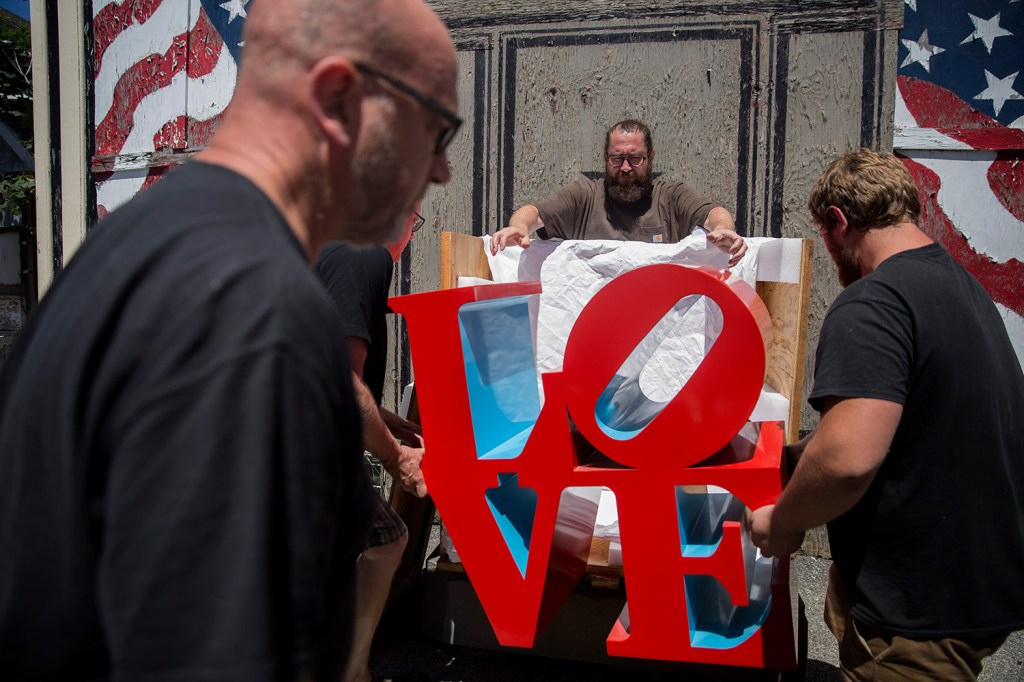

Success. Please wait for the page to reload. If the page does not reload within 5 seconds, please refresh the page.
Enter your email and password to access comments.
Hi, to comment on stories you must . This profile is in addition to your subscription and website login.
Already have a commenting profile? .
Invalid username/password.
Please check your email to confirm and complete your registration.
Only subscribers are eligible to post comments. Please subscribe or login first for digital access. Here’s why.
Use the form below to reset your password. When you've submitted your account email, we will send an email with a reset code.